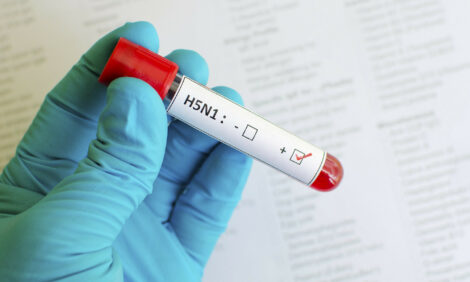



CAP Celebrates 50th Birthday
ANALYSIS - This year, the Common Agricultural Policy celebrates its 50th birthday.Often maligned, the CAP has been the cornerstone of the European Union throughout its life, cementing first the six member nations together and now the 27.
Over its history, the CAP has changed, developed and been reformed and it is undergoing yet another metamorphosis with reforms changing it from a tool that subsidises production to one that offers less trade distorting grants and concessions and is concentrating on environmental practices on the farm.
The greening of the CAP is becoming as contentious as the development of the original production subsidy based policy that was designed to boost the amount of food being grown and reared on farms across Europe.
The latest CAP reform negotiations aimed to strengthen the economic and ecological competitiveness of the agricultural sector, to promote innovation, to combat climate change and to support employment and growth in rural area.
The CAP remains the only EU policy where there is a common EU framework and the majority of public spending in all Member States comes from the EU budget, rather than from national or regional budgets.
Figures show that the CAP has helped see a steady increase in economic value, in productivity, and in trade, while also allowing the share of household spending on food to be halved.
As the European Community has grown, the CAP has become pivotal for a growing number of farmers. In 1962 it was designed for a farming population of 6.5 million. Now there are 13.7 million farmers in the EU and the amount of farm land has grown from 96 million hectares to 172 million hectares.
The value of agricultural production has risen enormously from €20 billion to €350 billion.
One of the major acts of the CAP was the introduction of milk quotas in 1984 to align milk production needs. New reforms on pricing are still a hot topic, but over the 50 years of the CAP milk productivity of dairy cattle has more than doubled from 3000kg per cow per year to 6500kg.
In the cereal sector wheat yield has trebled from two tonnes per hectare to six tonnes.
Both agricultural imports and exports have increased inordinately with exports up from €3 billion to €90 billion and imports up from €6 billion to €80 billion. In real terms the value of agricultural trade has risen 17 fold from €10 billion to €170 billion.
However, while trade and food values have risen to extreme, the amount the EU is spending on food is decreasing when seen in terms of a percentage of income.
In the 50 years of its existence, household spending on food has fallen from 30 per cent of income to 16 per cent.








